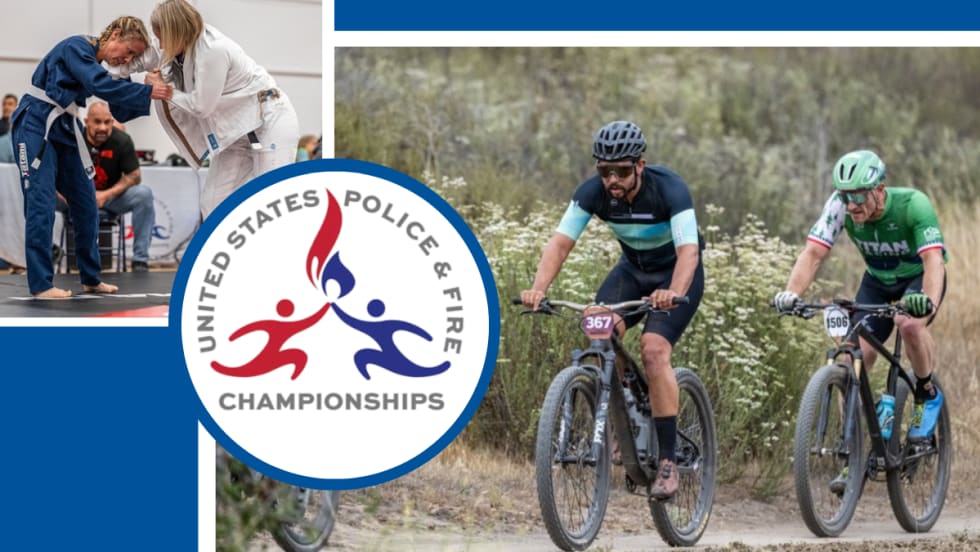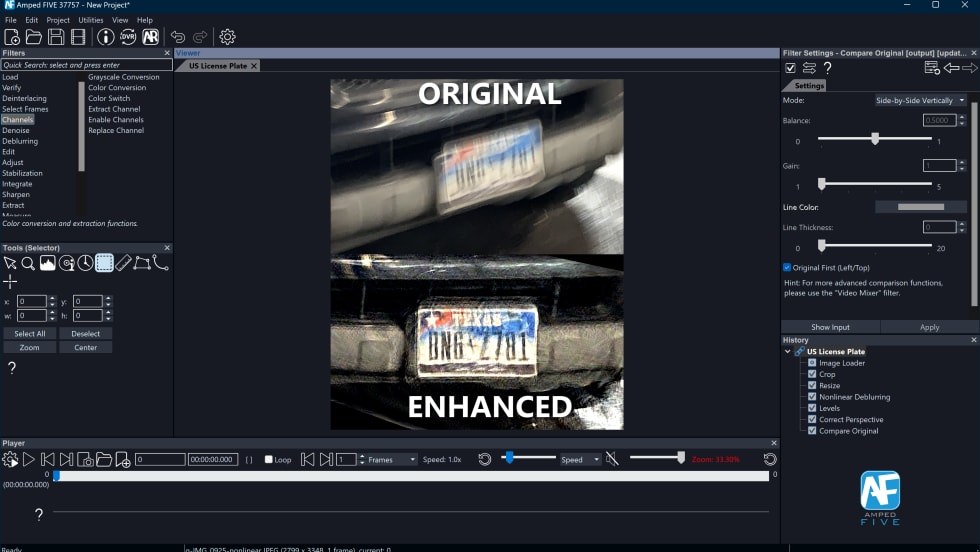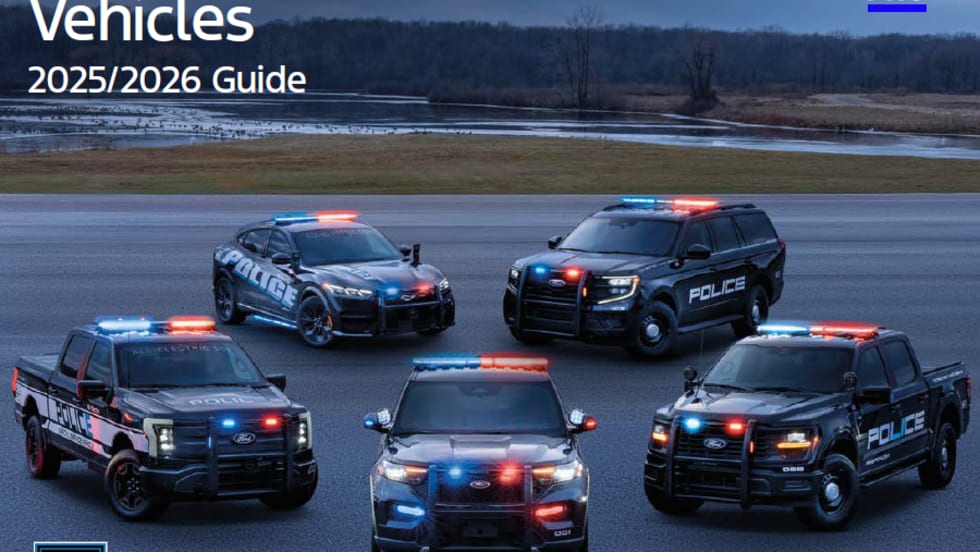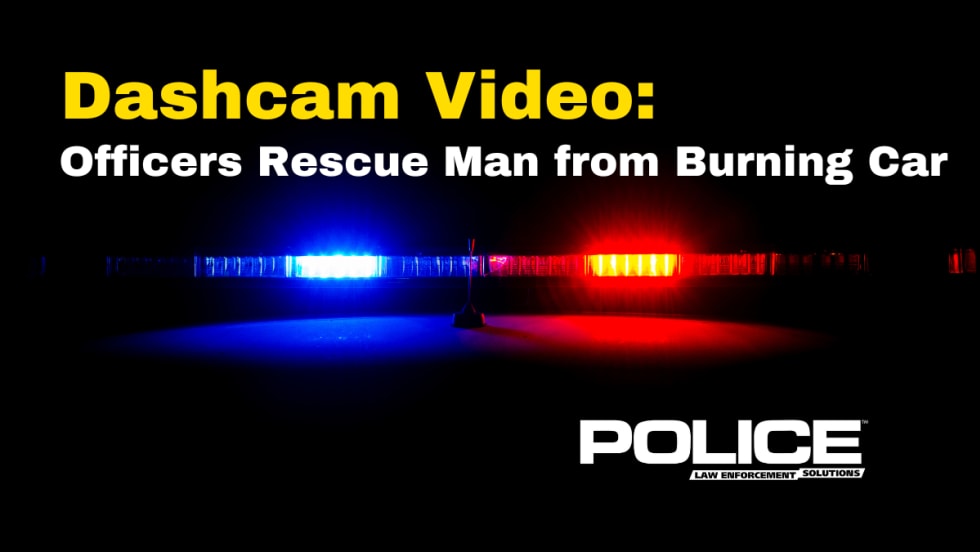When a whole community is wrecked by a massive tornado or flood or earthquake, many state and federal resources will flood into the area to provide relief. If a small tornado rips some family’s roof off or their home catches fire in the middle of the night, trapping them inside, it will not be the state or the feds that come to their aid. It will be local first responders.
Now there are two other things I want to point out about local response to small “d” disasters. In much of this country, the firefighters who respond will be volunteers. And number two, at many fires and disaster scenes in the United States, the first people on scene are police or deputies, not firefighters or paramedics.
This is no slam on firefighters. Fire response and law enforcement response are very different. Firefighters do not patrol; they wait to be called to action. Law enforcement is different. Patrol officers have two missions, show police presence to deter crime and answer calls for help. Because police officers are out driving around their jurisdictions showing presence and looking for problems, they are often the first to spot a house on fire. Sometimes patrolling officers know a place is burning before the occupants. And those officers do what many of them have not been trained to do and what few of them have the proper equipment to do, they go in and get the people out.
It takes great courage to rush into a structure fire with bunker gear and oxygen, it takes even more to do it dressed only in a police patrol uniform. But many officers have done it. Now I am not saying you should do this. Your agency may have policies on what you are supposed to do, and you have to determine the level of risk you are willing to tolerate.
Most incidents where police literally pull people out of the fire involve crashed vehicles. They are first on the scene; they have fire extinguishers in their vehicles, and they do their best to prevent these people from burning to death. Imagine the relief of those people who are rescued from burning inside their cars. Also, know that officers making these rescues sometimes do so at great risk. The vehicle could become engulfed or even explode while they are working to get the trapped motorist free. It’s little wonder that officers often burn their hands or suffer other injuries during these incidents.












